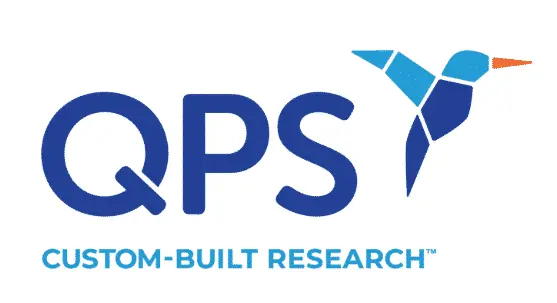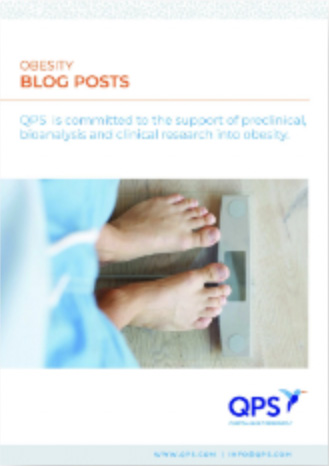Antibiotics, revered as critical defenders against bacterial infections, might harbor an unexpected threat, particularly to very young children. New findings published in the Journal of Infectious Diseases show a correlation between antibiotic use before age 2 and higher risks of developing asthma, allergies and possibly even intellectual disabilities by age 12.
In a rigorous analysis of medical records of more than 1 million UK-born children, researchers demonstrated a clear dose-response relationship, meaning the risk of asthma and allergies escalated with each additional course administered before age 2. The researchers also analyzed children compared to their siblings, thus controlling for environmental and genetic factors, and the connection remained robust.
Lead author Daniel Horton, associate professor of pediatrics and epidemiology at Rutgers Robert Wood Johnson Medical School, urged caution while emphasizing antibiotics’ vital role when needed. In a statement, Horton said, “Antibiotics are important and sometimes life-saving medicines, but not all infections in young kids need to be treated with antibiotics. Parents should continue to consult with their children’s doctors on the best course of care.”

Antibiotics and the Fragile Microbiome
Antibiotics wield broad-spectrum power, effectively destroying harmful bacteria but often inadvertently harming beneficial microbes. This disruption to the microbiome can have significant health implications, even affecting the body’s response to cancer treatment. Thus, safeguarding the microbiome through thoughtful antibiotic use is vital for maintaining overall health and improving treatment outcomes.
Stronger Evidence, Broader Implications
The researchers sought to overcome shortcomings of previous research by using an extensive dataset and sibling-matched analyses. This method considerably reduces uncertainties linked to genetic or environmental confounding factors. In addition to the association between early antibiotic use and asthma, food allergies and allergic rhinitis, the study also found that the risk of intellectual disabilities was substantially higher among children who received five or more antibiotic courses before the age of 2, compared to those with fewer treatments.
The study found no consistent association between antibiotic use and several other serious conditions, including autism spectrum disorders, Type 1 diabetes, celiac disease, attention-deficit/hyperactivity disorder and anxiety.
The Overuse Problem
Compounding the issue is widespread antibiotic overuse. Earlier research involving nearly 12,000 children across 32 US hospitals found that approximately 25% of antibiotic prescriptions were unnecessary or suboptimal.
The most common reasons for incorrect antibiotic use were treating infections with the wrong antibiotic (27.7%), giving antibiotics for more than 24 hours after surgery (17.7%), using antibiotics that were unnecessarily broad-spectrum (11.2%), and prescribing antibiotics when they weren’t needed at all (11.0%). The most common condition treated with antibiotics was pneumonia, which accounted for 18% of suboptimal prescriptions. Improper antibiotic use not only increases individual health risks but also fuels antibiotic resistance, an urgent global health threat, making infections increasingly difficult to treat.
A Balanced Approach for Healthier Futures
Despite these findings, it’s important to maintain perspective. As Horton said, “Antibiotics play a critical role in combatting bacterial infections, but physicians should be judicious when prescribing antibiotics to children under 2, as frequent use may affect long-term health outcomes.” The Centers for Disease Control and Prevention has published pediatric treatment recommendations reflecting proper antibiotic prescribing practices for six common childhood infections.
Moving forward, these insights highlight the need for caution and discernment in antibiotic prescribing practices, particularly for infants and toddlers. With heightened awareness and careful stewardship, healthcare providers and parents can navigate antibiotic use effectively, safeguarding children’s health without compromising their future well-being. Ultimately, informed choices will help preserve antibiotics’ powerful benefits, securing better health outcomes for future generations.
Did you enjoy this blog post? Check out our other blog posts as well as related topics on our Webinar page.
QPS is a GLP- and GCP-compliant contract research organization (CRO) delivering the highest grade of discovery, preclinical, and clinical drug research development services. Since 1995, it has grown from a tiny bioanalysis shop to a full-service CRO with 1,200+ employees in the US, Europe, Asia, India and Australia. Today, QPS offers expanded pharmaceutical contract R&D services with special expertise in pharmacology, DMPK, toxicology, bioanalysis, translational medicine, cell therapy (including PBMCs, leukopaks and cell therapy products), clinical trial units and clinical research services. An award-winning leader focused on bioanalytics and clinical trials, QPS is known for proven quality standards, technical expertise, a flexible approach to research, client satisfaction and turnkey laboratories and facilities. Through continual enhancements in capacities and resources, QPS stands tall in its commitment to delivering superior quality, skilled performance and trusted service to its valued customers. For more information, visit www.qps.com or email info@qps.com.




